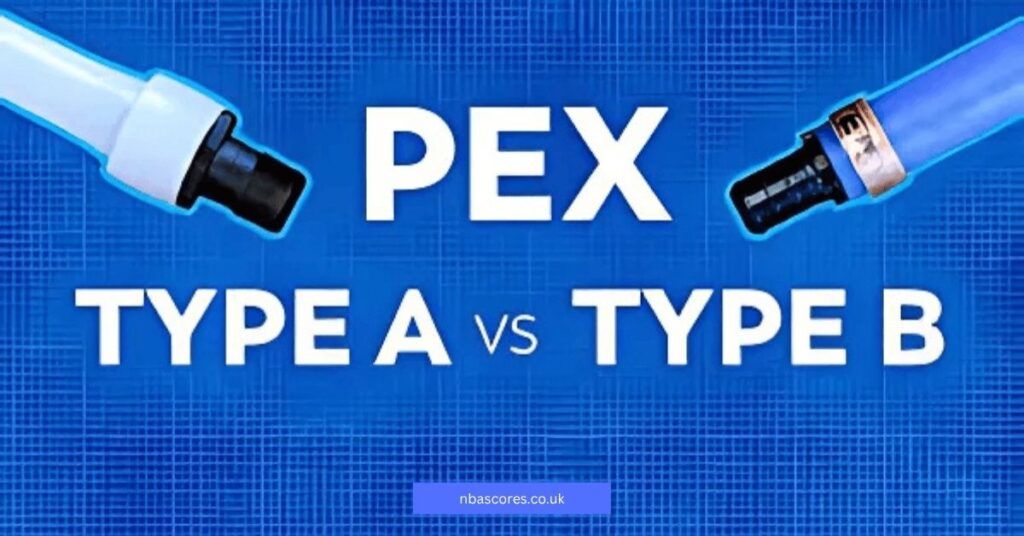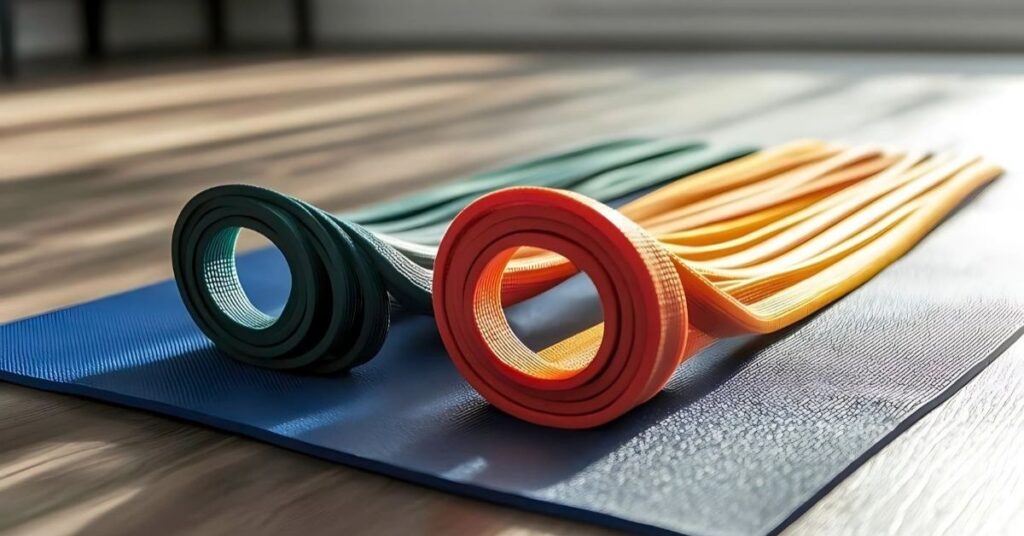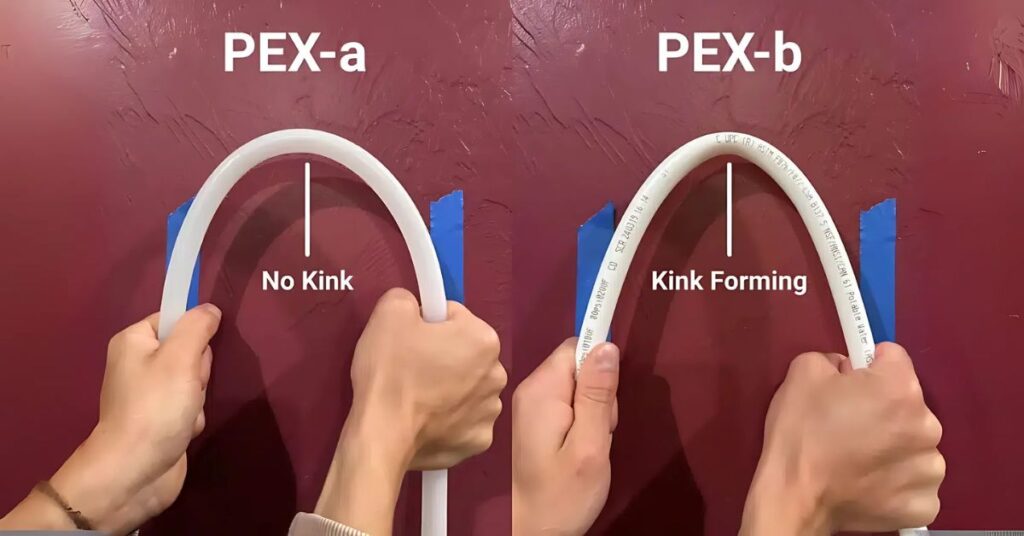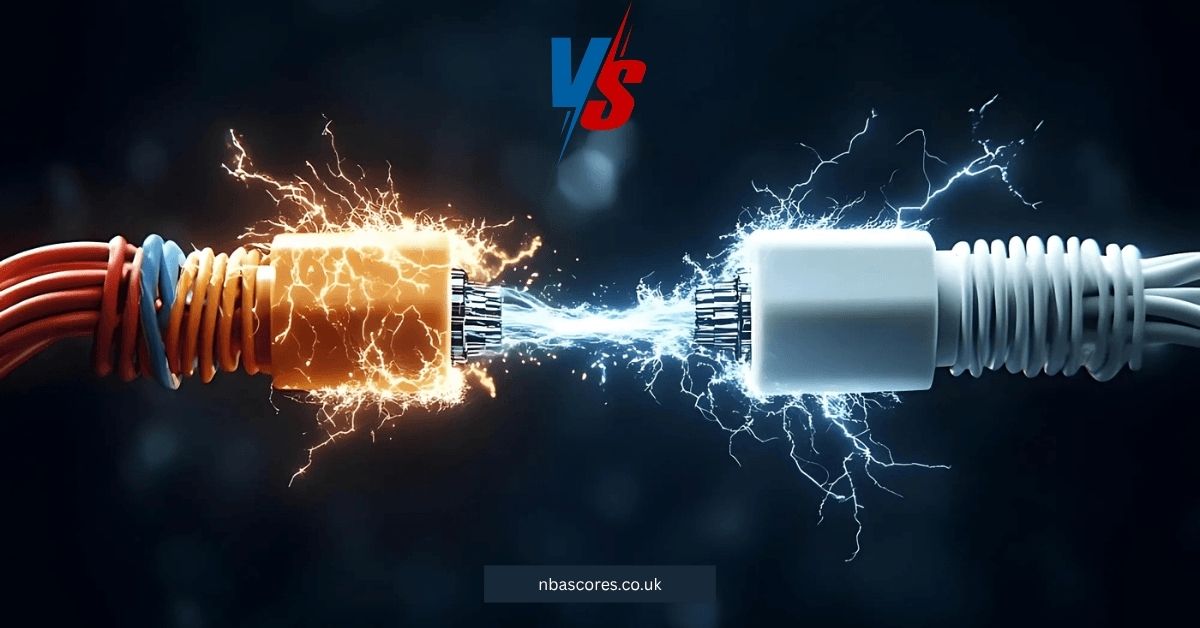PEX A vs PEX B: Which One Should You Choose?
Introduction
When it comes to modern plumbing, PEX pipes are a popular choice. They’re flexible, durable, and easier to install compared to traditional copper or PVC. But if you’ve started looking into PEX, you’ve probably seen that there are different types—mainlyPEX A vs PEX B
At first, the names sound confusing. What’s the real difference between them? Which one is better for your home or project? Don’t worry—this guide will explain everything in easy, simple words so you can make the right decision without the technical headache.
What is PEX?
Before diving into PEX A vs PEX B, let’s quickly understand what PEX is.
PEX stands for cross-linked polyethylene. That’s just a fancy way of saying it’s a type of plastic pipe designed to carry water. It became popular because:
- It’s flexible and easy to bend around corners.
- It doesn’t corrode like copper.
- It’s cheaper and faster to install.
- It works well for both hot and cold water.
PEX comes in three main types: PEX A, PEX B, and PEX C. But in most situations, people only talk about PEX A vs PEX B because these two are the most common and practical.

The Big Picture: PEX A vs PEX B
Here’s a quick overview before we get into the details:
| Feature | PEX A | PEX B |
|---|---|---|
| Flexibility | Very flexible, can bend easily | Less flexible, stiffer |
| Price | More expensive | Cheaper |
| Kink Repair | Can be fixed with heat | Can’t be fixed, must be cut |
| Strength | Softer but easier to work with | Stiffer and stronger |
| Chlorine Resistance | Weaker | Stronger |
| Connections | Usually expansion fittings | Usually crimp or clamp fittings |
So, PEX A is more flexible but costs more, while PEX B is stiffer, cheaper, and stronger against chemicals like chlorine.
What is PEX A?
PEX A is the most flexible type of PEX. It’s made using the Engel method, which gives it the ability to bend and twist without breaking.
Advantages of PEX A:
- Super Flexible – You can bend it around corners without extra fittings.
- Easy to Install – Great for DIY projects because it’s forgiving.
- Kink Repair – If the pipe gets kinked, you can use a heat gun to fix it back to normal.
- Expansion Fittings – The connections expand and then shrink back for a tight seal.
Disadvantages of PEX A:
- More Expensive – Costs more than PEX B.
- Weaker Against Chlorine – If your water has a lot of chlorine, it may not last as long.
- Can Burst in Freezing – Slightly more prone to damage in very cold weather compared to PEX B.

What is PEX B?
PEX B is the most common and affordable type of PEX. It’s made using the Silane method (sometimes called the “moisture cure” method). It’s not as bendy as PEX A, but it’s stronger in certain ways.
Advantages of PEX B:
- Cheaper – Usually costs less than PEX A.
- Chlorine Resistant – Stronger against chemicals, so it lasts longer in areas with treated water.
- Tougher – Less likely to get damaged during installation.
- Widely Available – Found in most hardware stores.
Disadvantages of PEX B:
- Less Flexible – Harder to bend around corners, may require more fittings.
- Kink Problems – If it kinks, you can’t fix it; you have to cut that section out.
- Harder to Install in Tight Spaces – Since it’s stiffer, you’ll need more effort.
Installation: PEX A vs PEX B
- PEX A uses expansion fittings. You expand the pipe, insert the fitting, and the pipe shrinks back around it. This gives a very tight seal.
- PEX B usually uses crimp or clamp rings. You slide a metal ring around the pipe and tighten it with a tool.
Both methods work well, but expansion fittings (PEX A) can be easier for beginners because they give you a little more time to work before the pipe shrinks back.
Durability: Which Lasts Longer?
Both types are durable, but it depends on your water supply:
- If your water has a lot of chlorine (like in many cities), PEX B is better.
- If you need something very flexible for tricky installations, PEX A is better.
In general, both can last 40–50 years or more when installed correctly.
Cost Comparison
- PEX A is usually about 10–25% more expensive than PEX B.
- The fittings and tools for PEX A may also cost more.
So if budget is your main concern, PEX B is the more wallet-friendly choice.
Real-World Examples
- PEX A is great for: Remodels, homes with tight corners, DIY jobs where flexibility matters.
- PEX B is great for: Large projects, new builds, places with high chlorine water, and when cost matters most.

FAQs About PEX A vs PEX B
1. Can you use PEX A vs PEX B together?
Yes, you can mix them if you use the right fittings.
2. Which one is better for hot water?
Both can handle hot water, but PEX B is a bit stronger against chemicals in hot water systems.
3. Which is better for DIY?
PEX A, because it’s easier to bend and fix if you make mistakes.
4. Is copper better than PEX?
Copper is stronger, but it’s expensive and can corrode. PEX is more affordable and flexible, which is why many modern homes use it.
Final Verdict: Should You Choose PEX A vs PEX B?
- Choose PEX A if you want:
✅ Maximum flexibility
✅ Easy installation
✅ Ability to fix kinks with heat - Choose PEX B if you want:
✅ Lower cost
✅ Strong resistance to chlorine
✅ A durable option for large projects
In the end, both are excellent choices. Your decision depends on your budget, water quality, and how easy you want the installation to be.
Conclusion About PEX A vs PEX B
PEX A vs PEX B are both reliable, modern solutions for plumbing. While PEX A wins in flexibility and ease of use, PEX B shines in affordability and toughness against chlorine.
Think about your home, your water supply, and your budget. Once you do, the choice will be clear.
No matter which one you choose, you’ll be getting a pipe that’s easier to install, more affordable, and longer lasting than traditional materials like copper or PVC.







